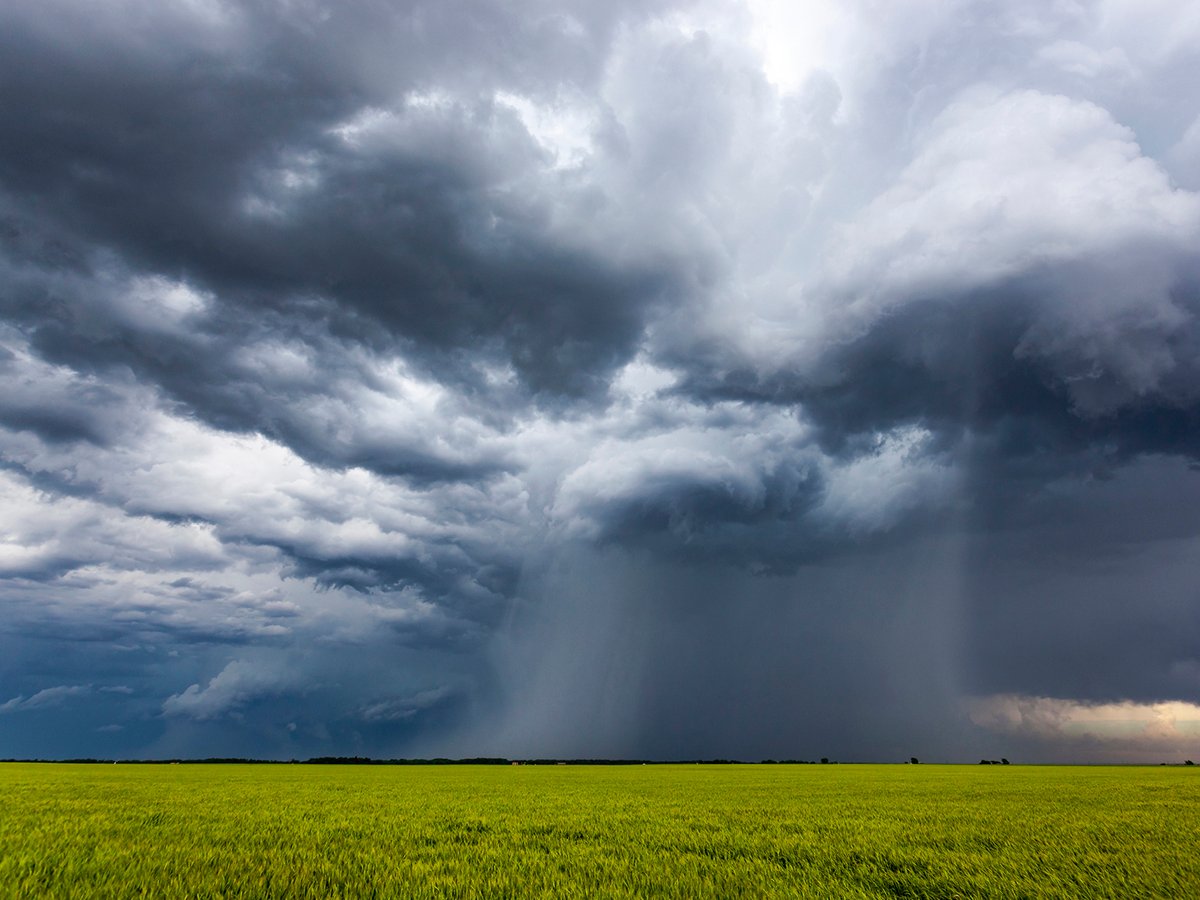The world animal health organization, the OIE, has categorized Canada as a controlled risk country for BSE.
Canada and the United States were among six countries to receive this status at the OIE’s general session in Paris May 22-25.
“It’s very positive to have it to validate what we have been doing as an industry,” said Hugh Lynch-Staunton, president of the Canadian Cattlemen’s Association.
“It should take most of the doubt away about the science of BSE.”
Controlled risk means a country has demonstrated compliance with recommended international safeguards and any infected animals born in the previous 11 years have been managed following OIE guidelines. The other categories are negligible and undetermined risk.
Read Also

Extreme rain increases as planet warms
In this issue, we are going to wrap up our look at extreme rainfall by examining the different weather patterns that tend to be associated with these rainfall events.
Canada has had 10 cases of BSE and has tested more than 150,000 samples since the first diagnosis in 2003.
The CCA president said he hopes the ruling will encourage the U.S. government to allow trade for cattle older than 30 months. The new rating also raises hope that Japan might loosen some of its BSE restrictions.
“Japan won’t use the rules today,” said Ted Haney, president of the Canada Beef Export Federation. Canada has been trading with Japan on a limited basis since December 2005.”
Canada and the U.S. must apply to the Japanese government authorities requesting an expansion of access. If Japan is willing to accept beef from animals up to 24 months old, that could open more opportunities.
It is easier to age verify the carcass of an animal younger than 24 months compared to those younger than 21 months.















